
Dive into the intriguing world of the captivating Vermouth wines
This article will explore:
Lastly, we'll compare Vermouth with Dubonnet wines, highlighting their similarities and differences, so you can learn how to differentiate them.
Vermouth wines are a category of fortified and aromatized wines. Wine forms the base to which a spirit is added for fortification, and a blend of botanicals imparts distinct flavours and aromas. Usually, to make Vermouth, you have two ways to start: one is to use white wine with a neutral spirit added, such as vodka, as a base, while the other requires using a mistelle (grape juice with alcohol, in a vat of grape brandy).
The botanicals for the wine, including herbs, spices, and roots, are carefully selected for each blend, creating a complex and versatile drink. Many botanical options, such as orange peel, cardamom, or wormwood, can be used in Vermouth. This wine is traditionally divided into sweet and dry Vermouth, each style offering a unique sensory profile suited to different occasions and uses, ranging from sipping as an aperitif to being a key ingredient in classic cocktails like the Martini, Gin Martini or the Manhattan. Originating in the 18th century in Italy and France, Vermouth has since gained worldwide popularity, showcasing the rich cultural and regional differences in its production and consumption. The art of making Vermouth involves a delicate balance of wine, botanicals, and fortification, with each producer guarding their recipe closely, making Vermouth a drink rich in history and flavour.
Vermouth wines offer a captivating sensory journey characterized by their visual allure, aromatic complexity, and distinctive taste profiles. This exploration is designed to acquaint you with the multifaceted nature of Vermouth, inviting you to appreciate its richness and depth.
Vermouth's appearance can range from pale straw to deep amber for dry varieties and from rich ruby to dark brown for sweet versions. The body of Vermouth wines varies, influenced by the base wine and the specific botanicals used, offering a spectrum from light and delicate to rich and full.
The aromatic tapestry of Vermouth wines is intricately woven with botanical ingredients, unfolding a complex and layered aromatic landscape:

These aromatic dimensions beautifully encapsulate Vermouth's distinctiveness, setting the stage for a captivating olfactory journey even before the tasting begins. This complex interplay of scents serves not only to allure but also to preview the multifaceted taste experience that Vermouth offers, making it a unique and cherished wine in the world of spirits.
Vermouth taste notes offer a rich tapestry of sensory experiences, reflecting the depth and complexity of these aromatized wines.

In sum, the taste profile of Vermouth is a complex and dynamic interplay of flavours ranging from sweet and bitter to spicy and floral, grounded in the wine's base and elaborated through the careful selection and infusion of botanicals. Each Vermouth brings its own unique blend of these notes, offering a vast spectrum of flavours to explore.
As we delve into Vermouth's rich and varied world, understanding the synergy between this versatile beverage and food becomes essential to elevating the dining experience. Vermouth, with its distinct profiles—ranging from dry and herbaceous to sweet and fruity—offers a unique opportunity to enhance and complement flavours across a broad spectrum of dishes.

Vermouth, a fortified wine enriched with botanicals, is produced in several key regions around the world, each imparting its unique influence on the drink's characteristics. Here's a glimpse into the main regions known for Vermouth production and how their climates play a pivotal role:

Following proper serving and storage tips is essential to ensure that your Vermouth wine retains its quality and flavours. Here are some recommendations:
By adhering to these tips, your Vermouth wine will maintain its integrity and offer the best sensory experience, whether enjoyed alone or as part of a cocktail.
Vermouth and Dubonnet share similarities as aromatized, fortified wines, yet they possess distinct differences that cater to various taste preferences and cocktail recipes. Here's a concise overview of their similarities and differences:
Understanding these key similarities and differences can help you make more informed choices when selecting between Vermouth and Dubonnet for your next cocktail creation or enjoying them as standalone aperitifs.
In our exploration of Vermouth wine, we've delved into its essence, uncovering the rich tapestry that defines this iconic beverage. From its origins and the sensory journey it offers to the art of pairing it with food, each facet of Vermouth wine tells a story of tradition, innovation, and sensory delight. Our guide has offered practical advice on serving and storing Vermouth to preserve its unique qualities. It has highlighted the regions most renowned for its production and how climate intricately shapes its characteristics. We've navigated through choosing a good bottle, ensuring that each sip reflects the depth and complexity Vermouth is celebrated for. Additionally, our comparison with Dubonnet wines has shed light on the nuances that distinguish Vermouth, enriching our understanding and appreciation.
This in-depth profile aims to educate and inspire you to explore the different types of Vermouth, from sweet white Vermouth to the subtle sweetness of red Vermouth.

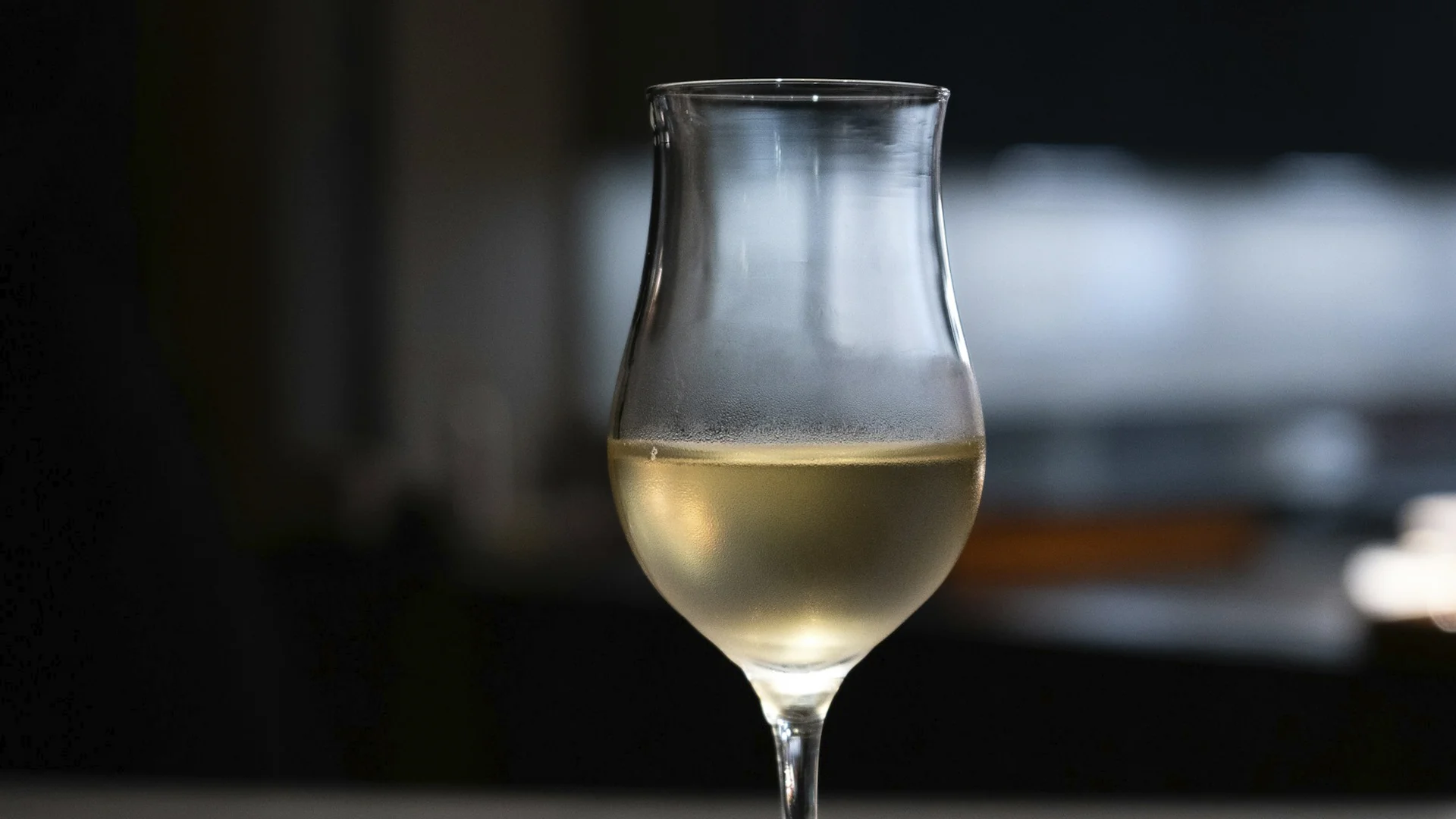
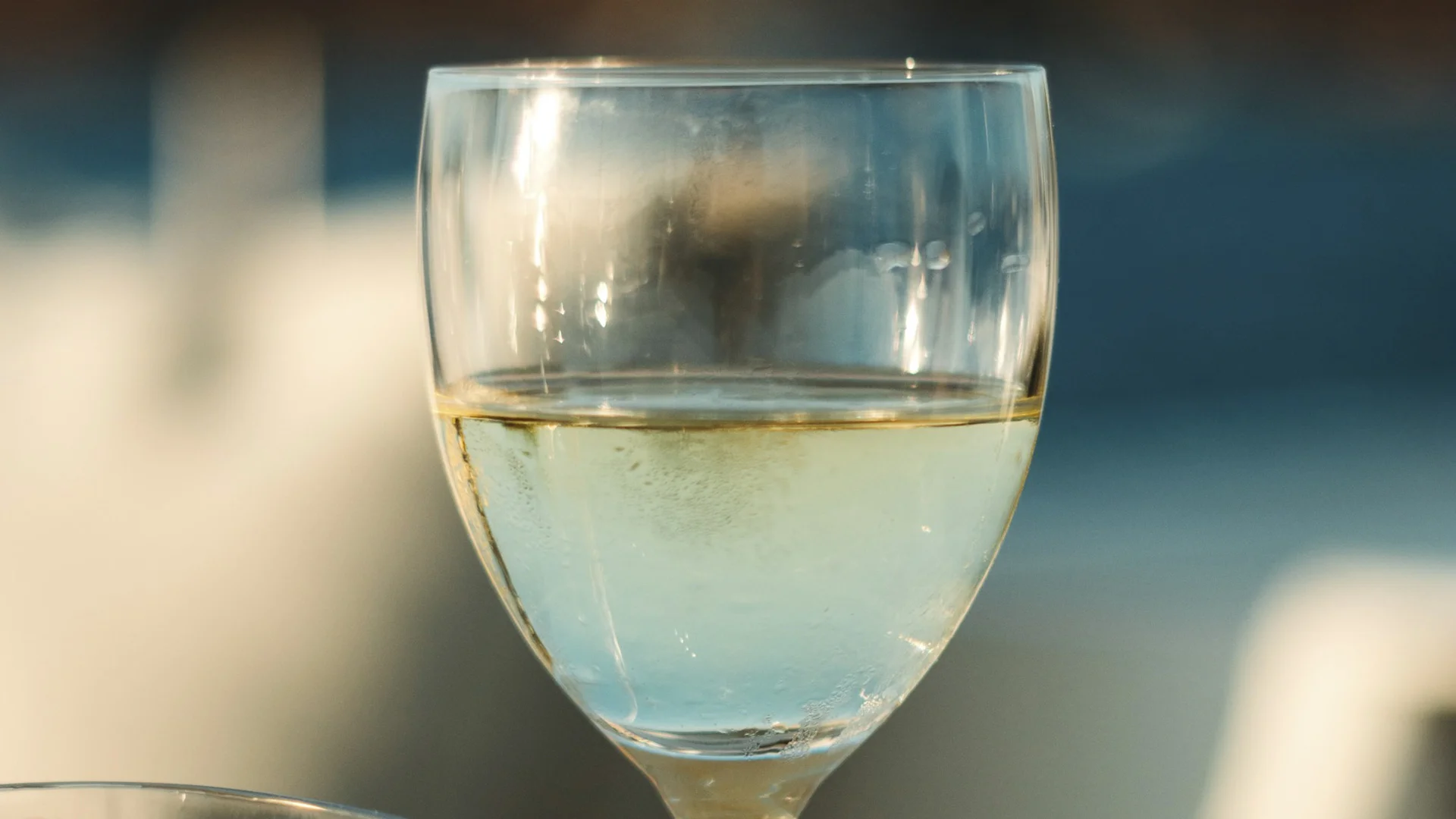

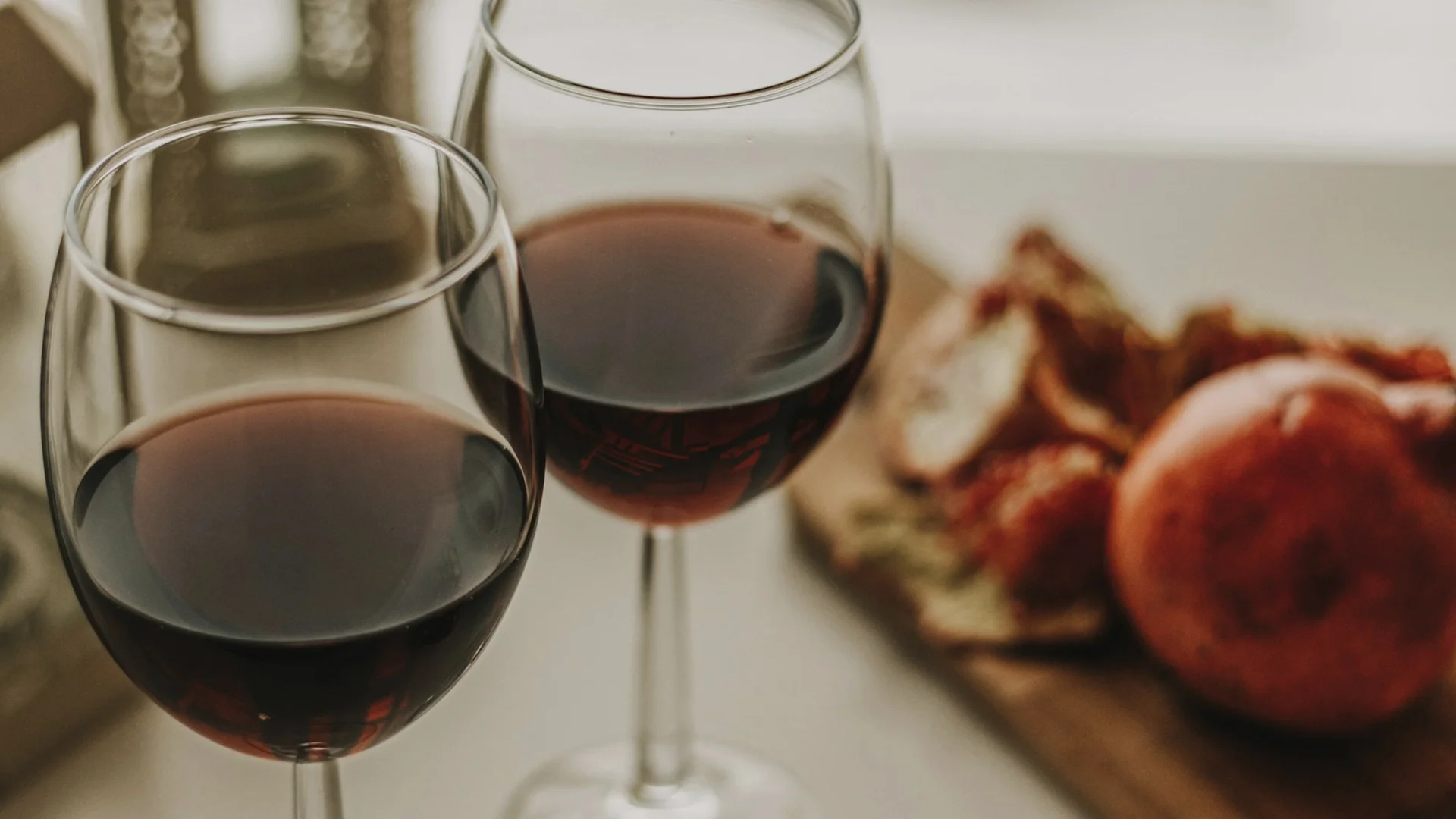


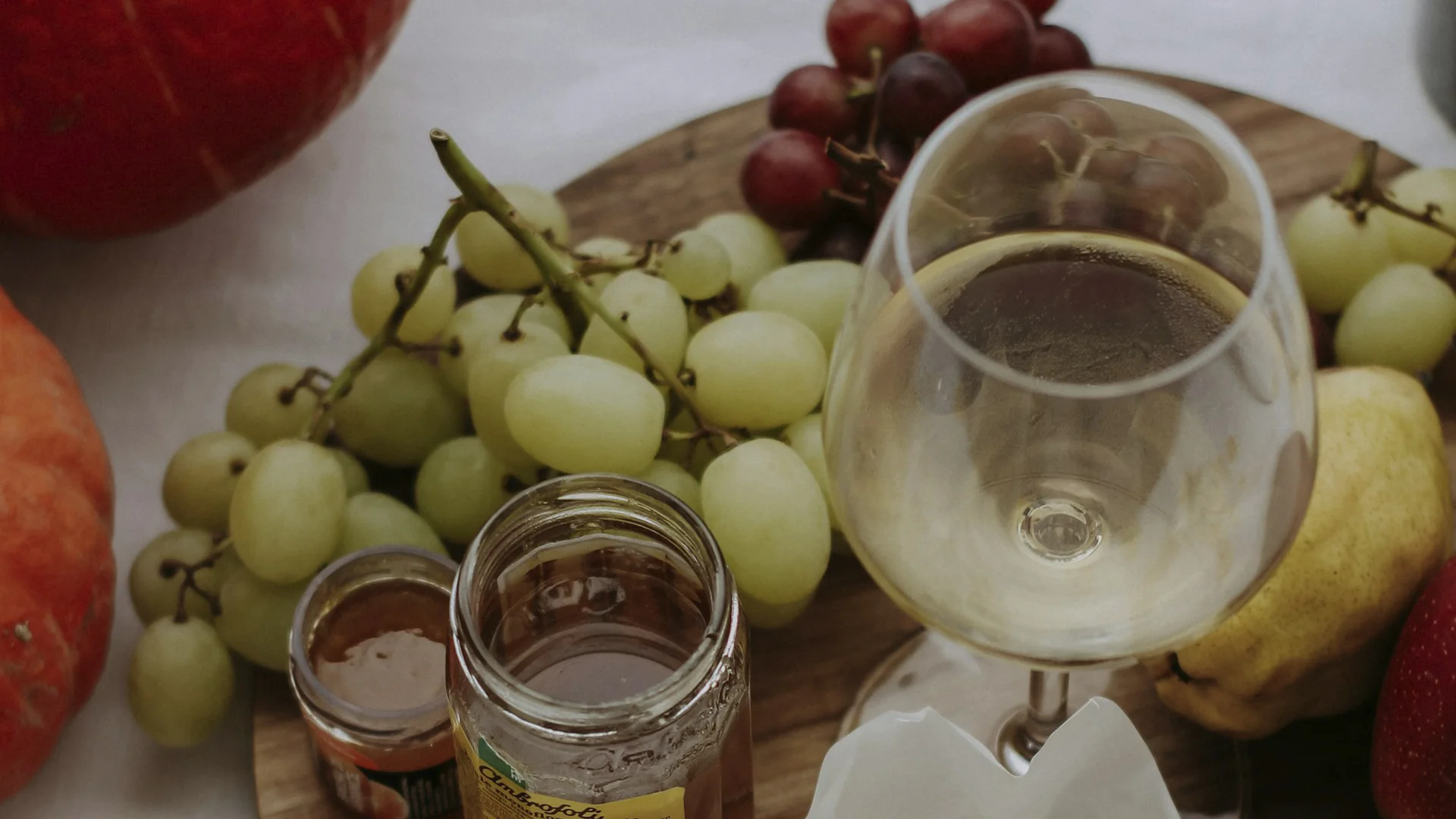



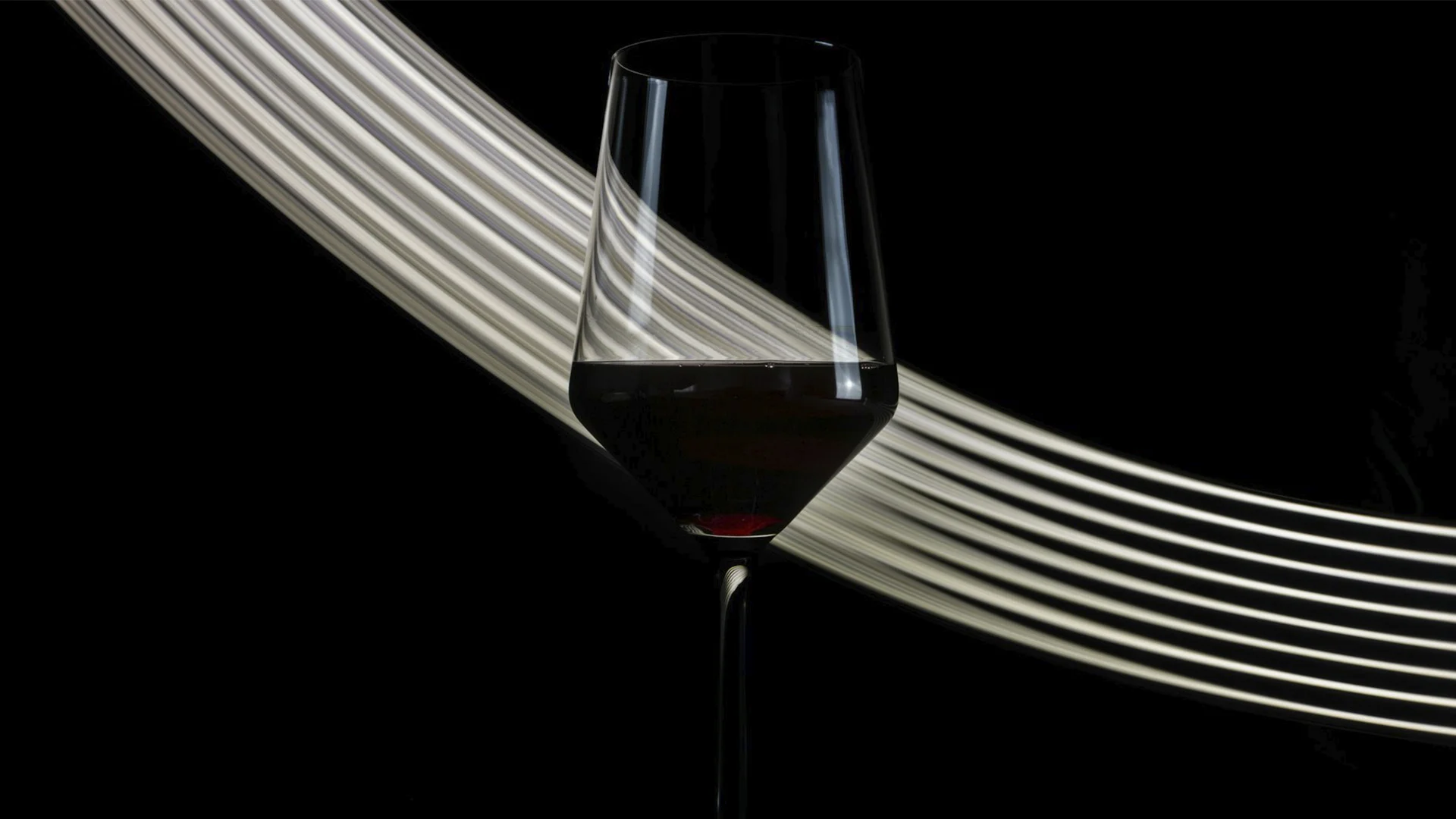



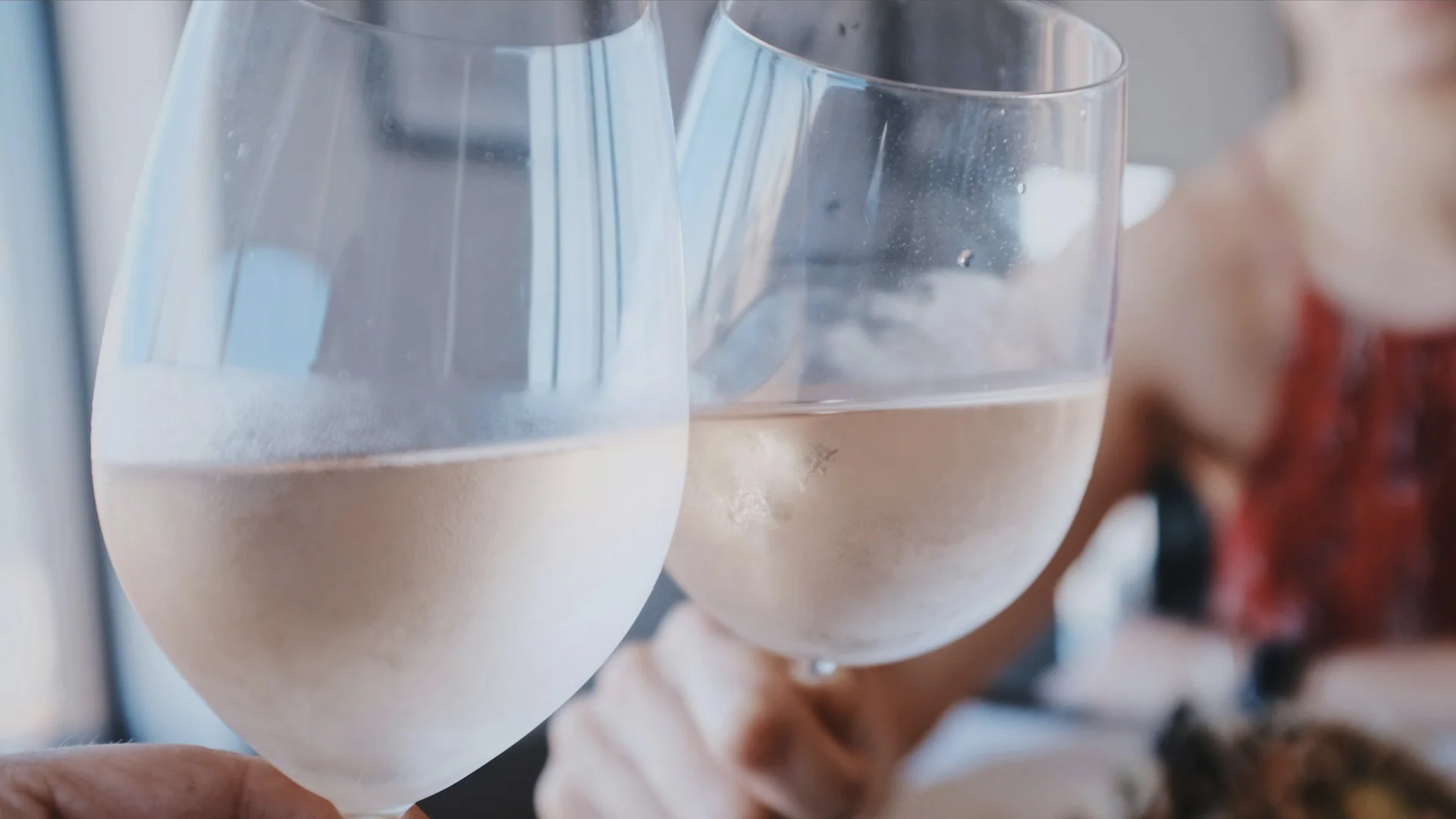

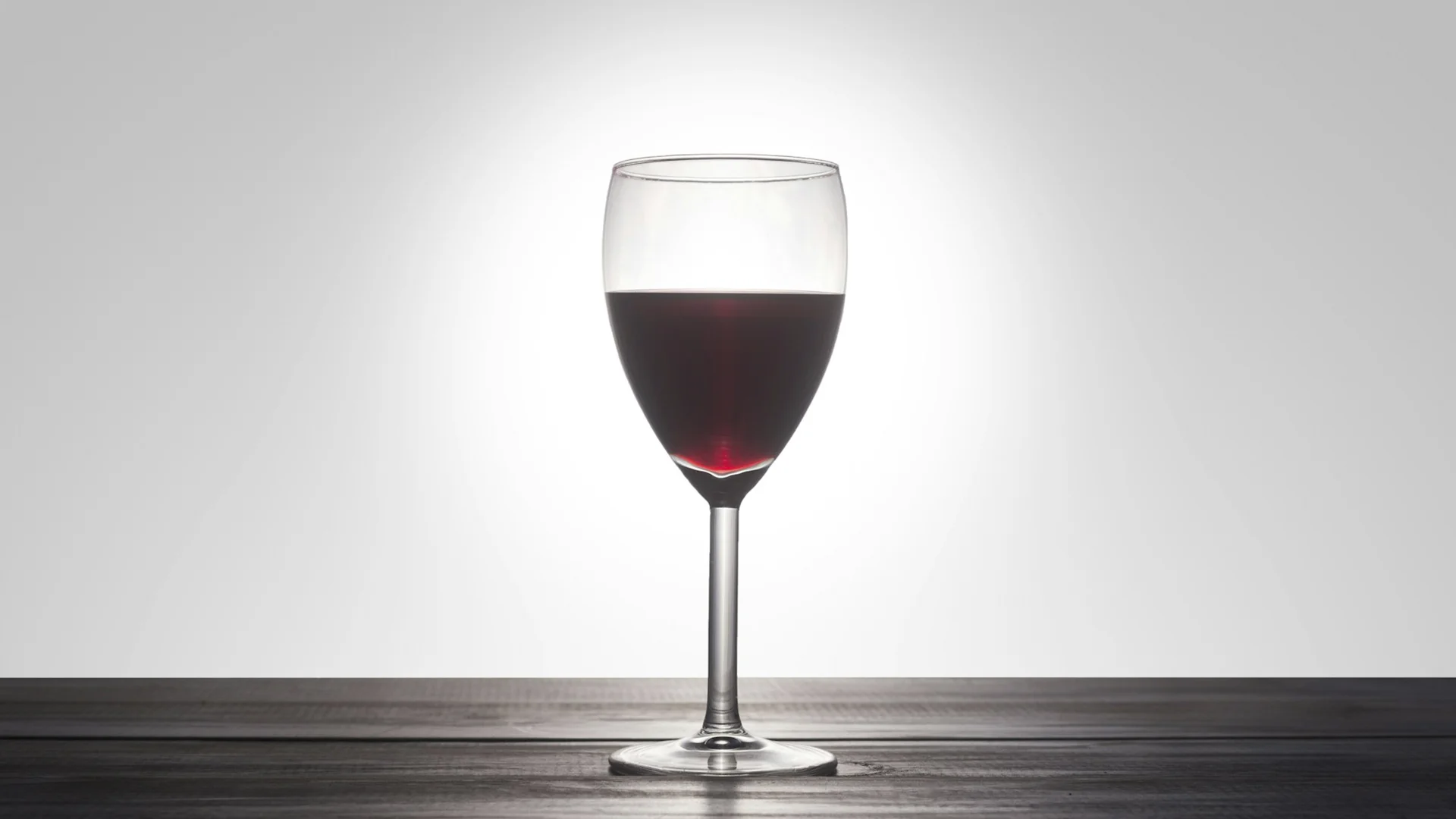


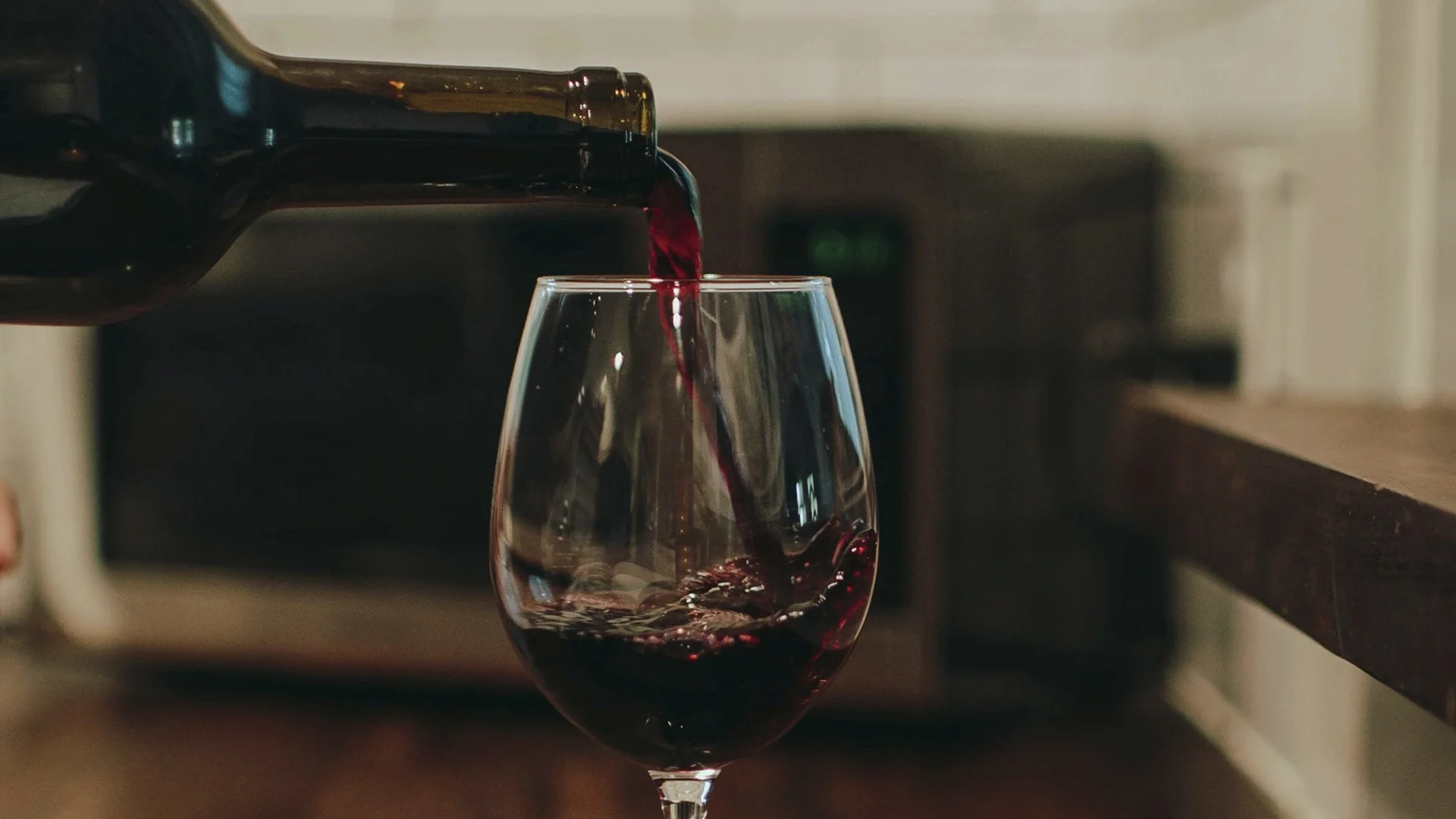


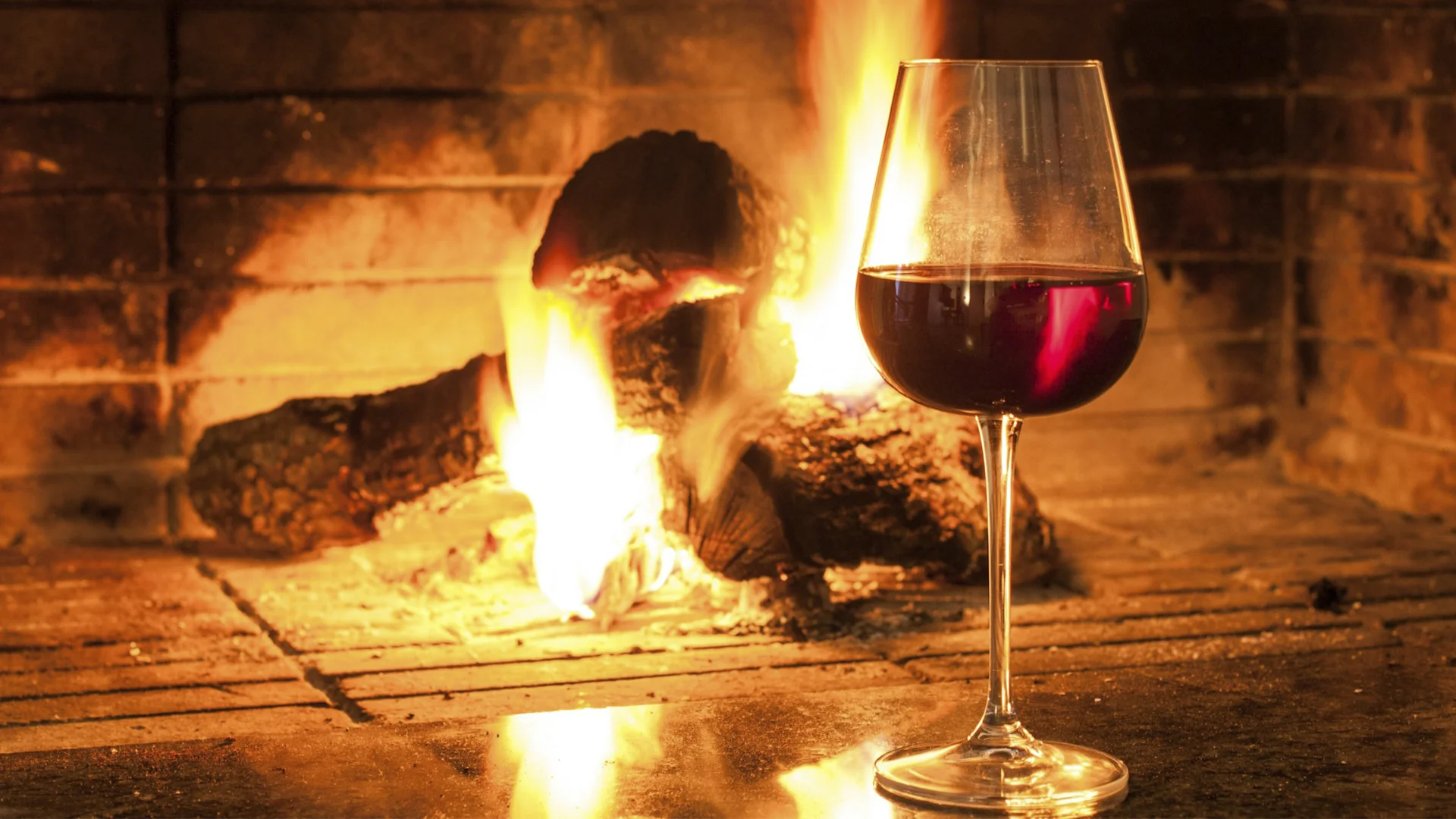
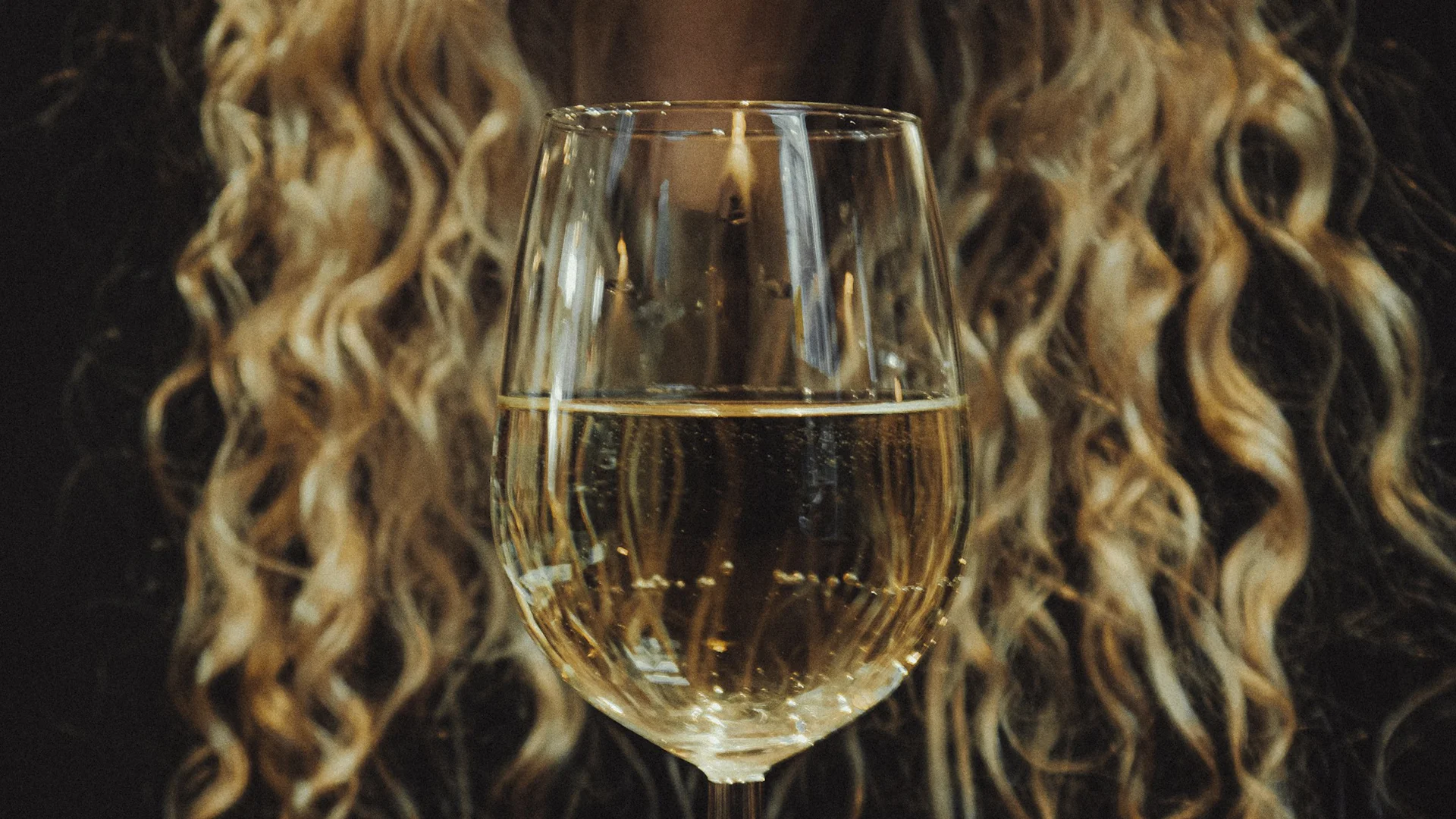

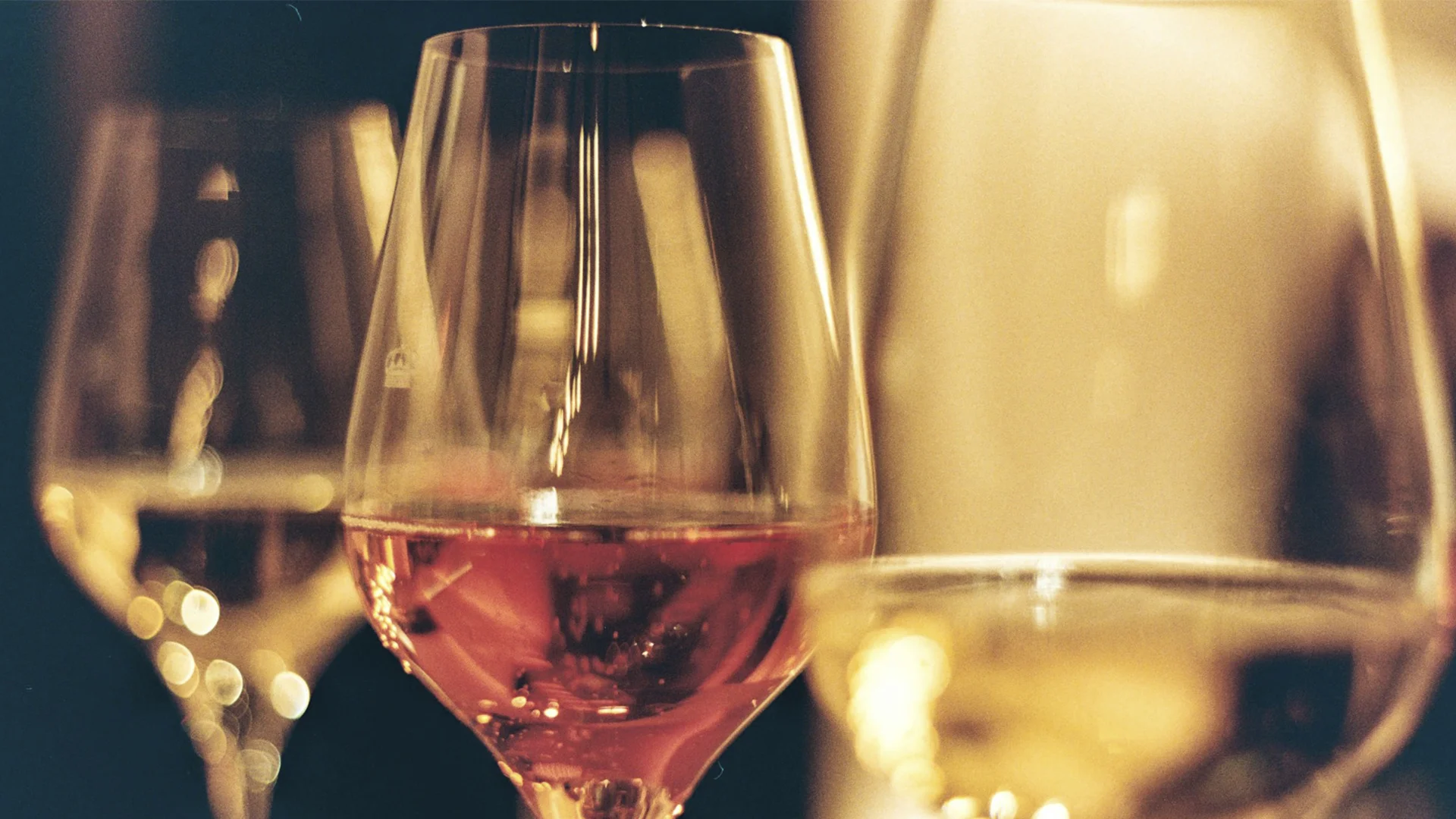
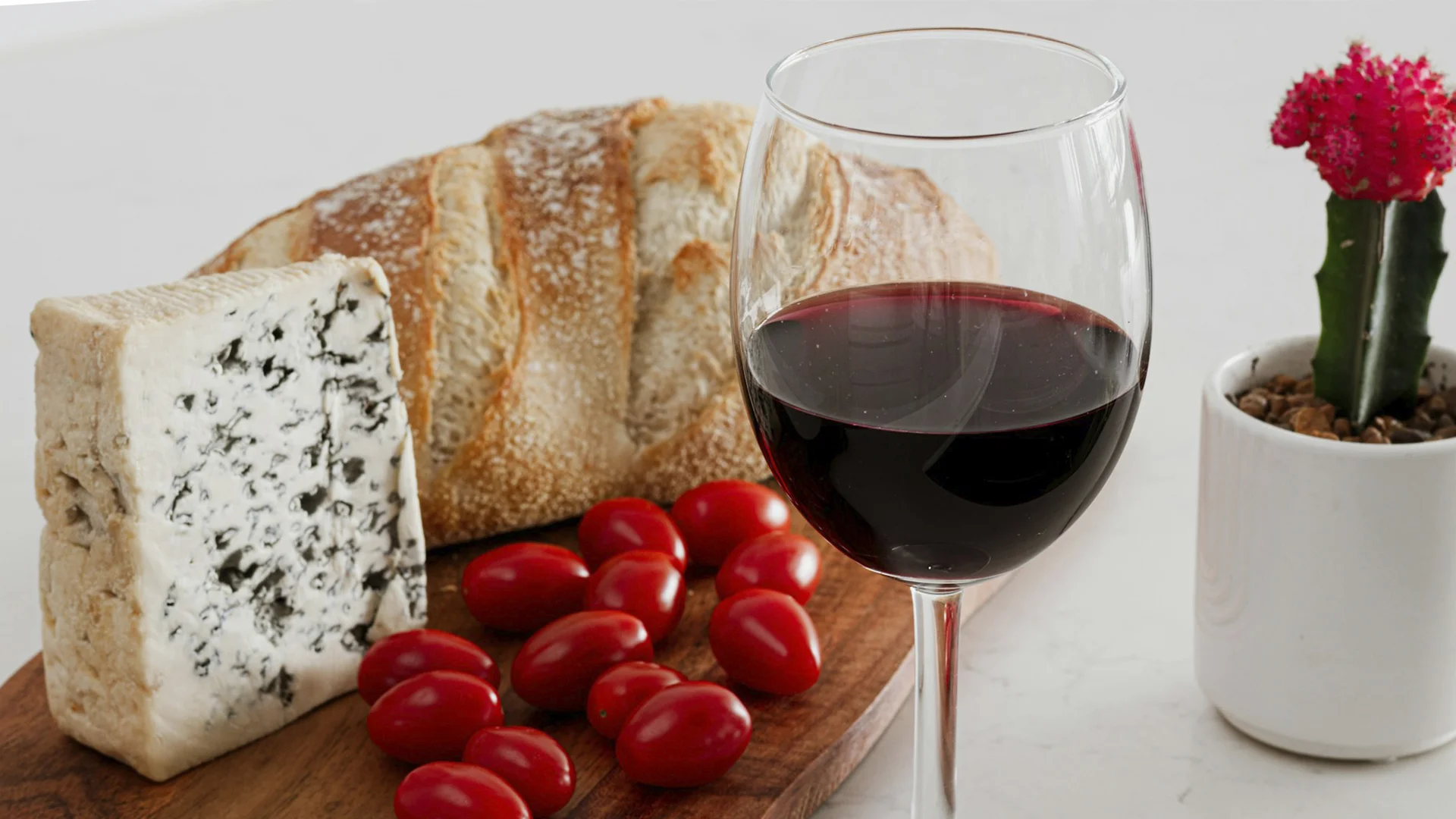

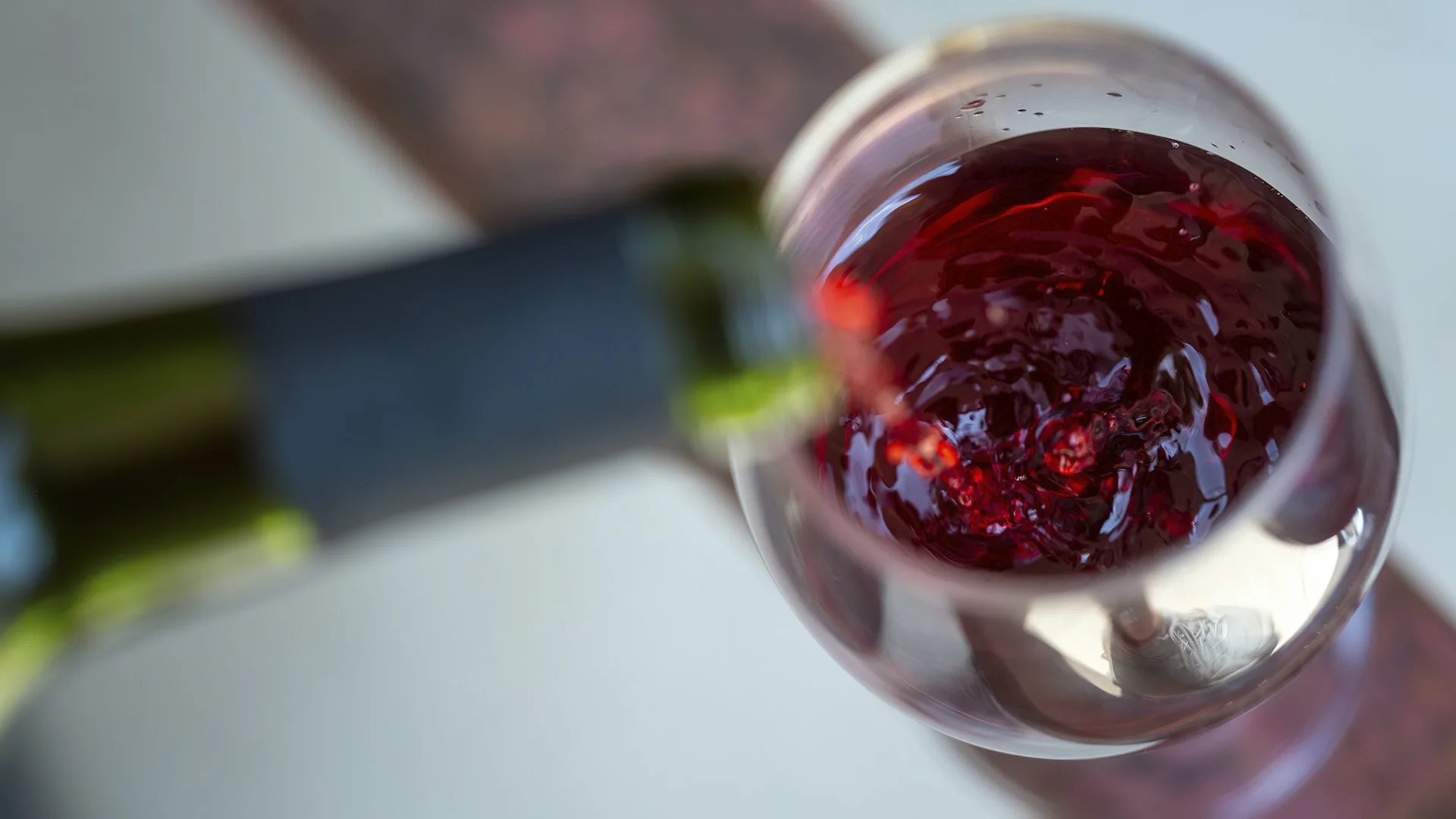


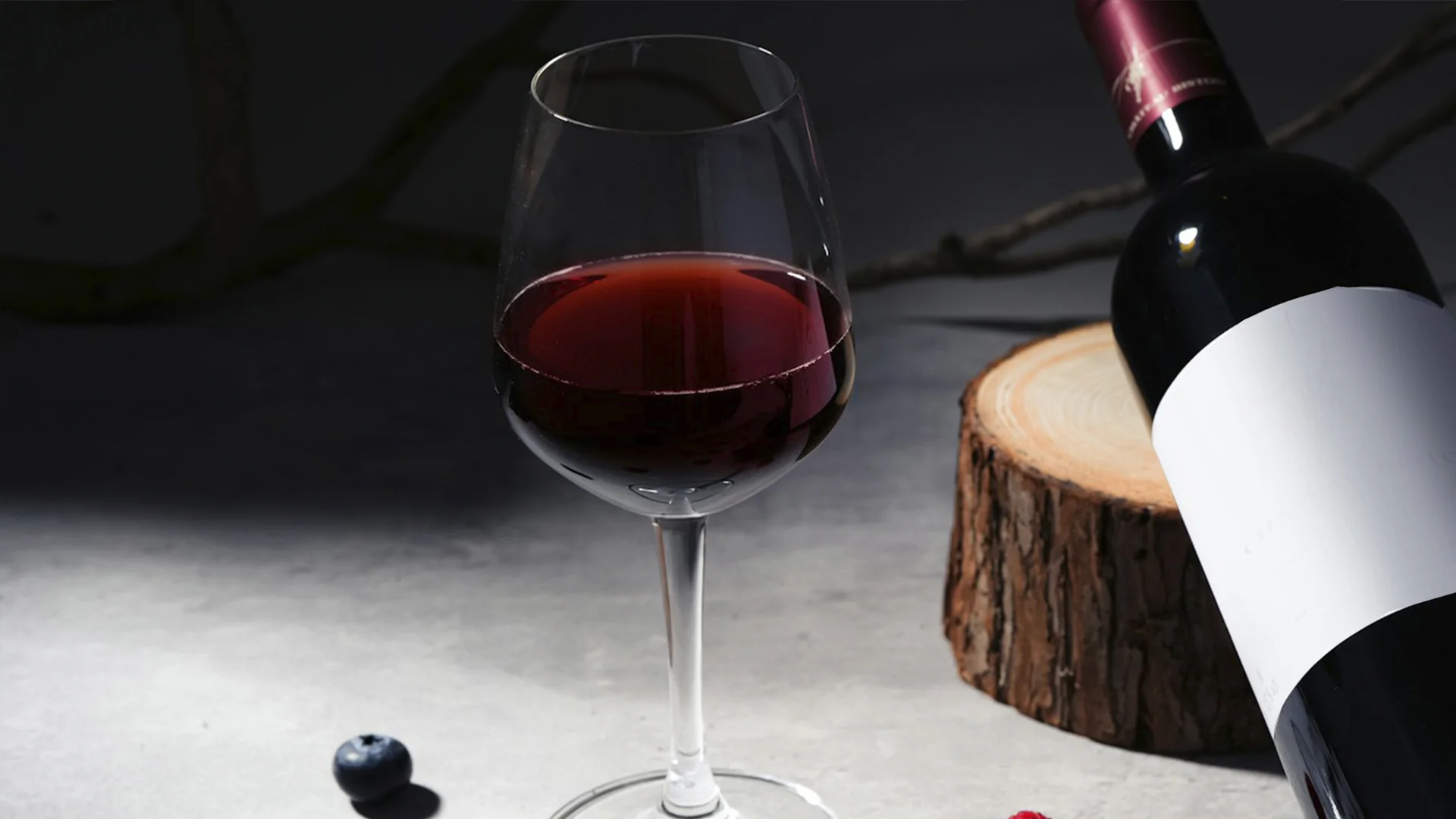

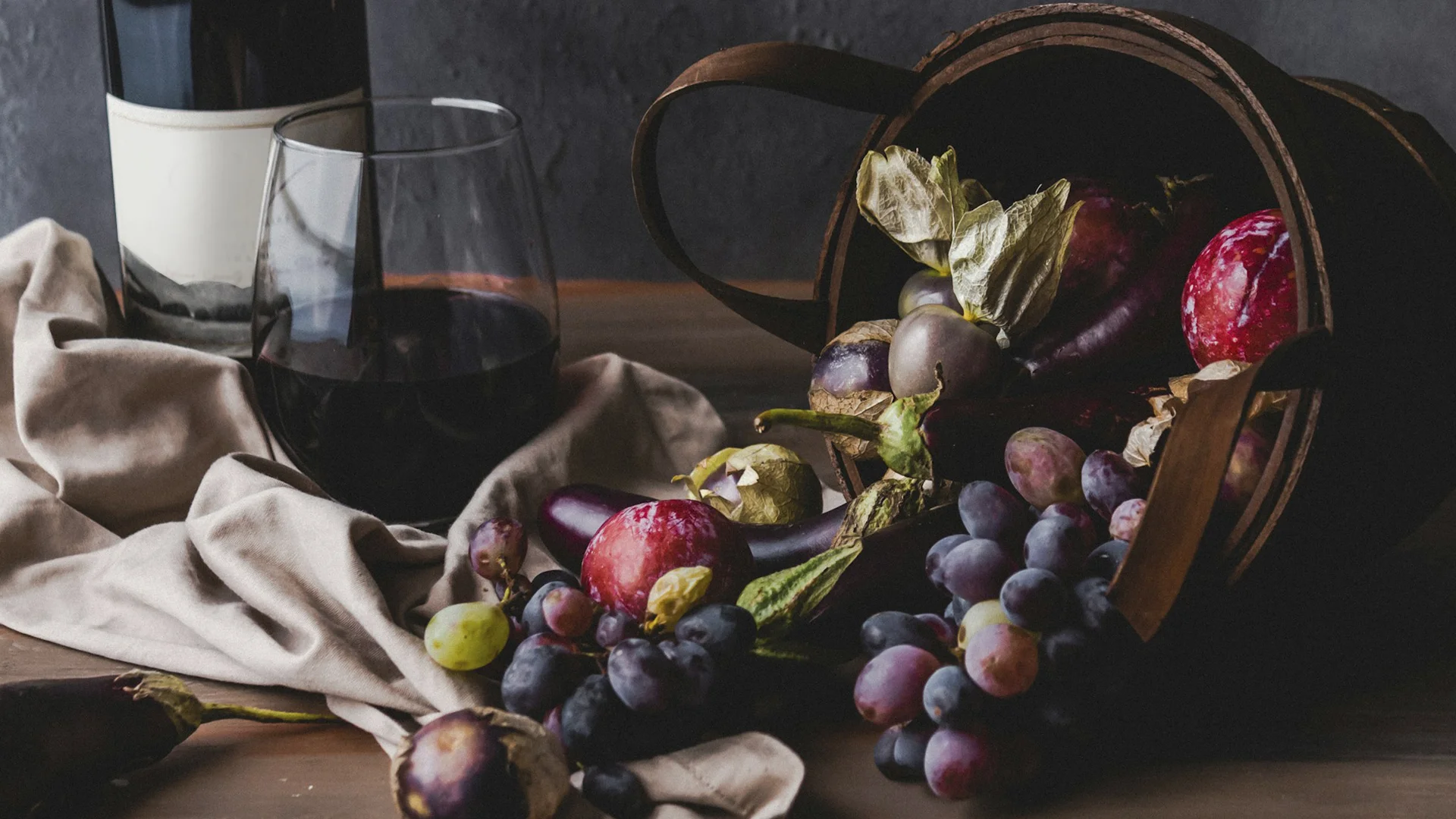
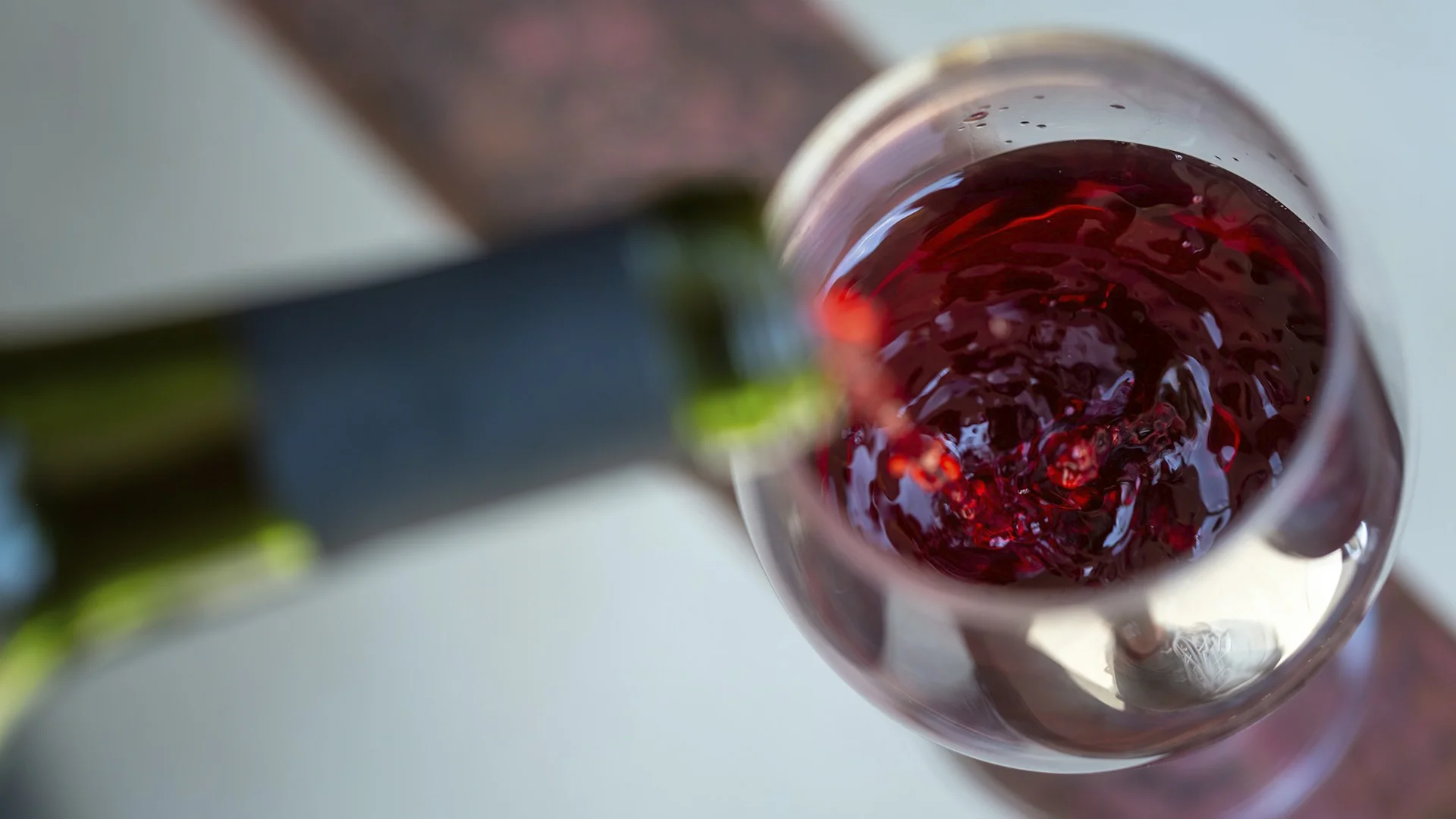
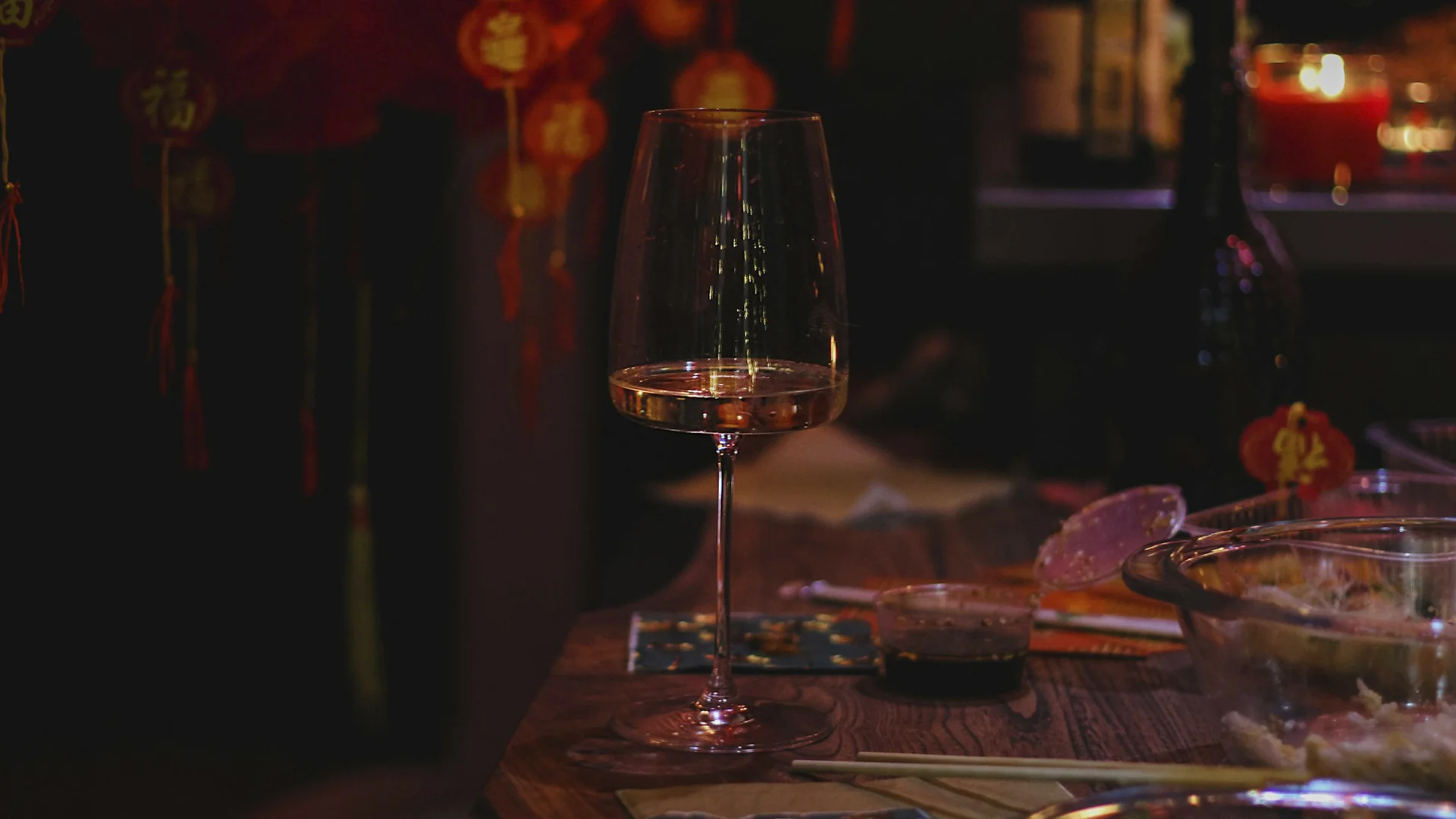






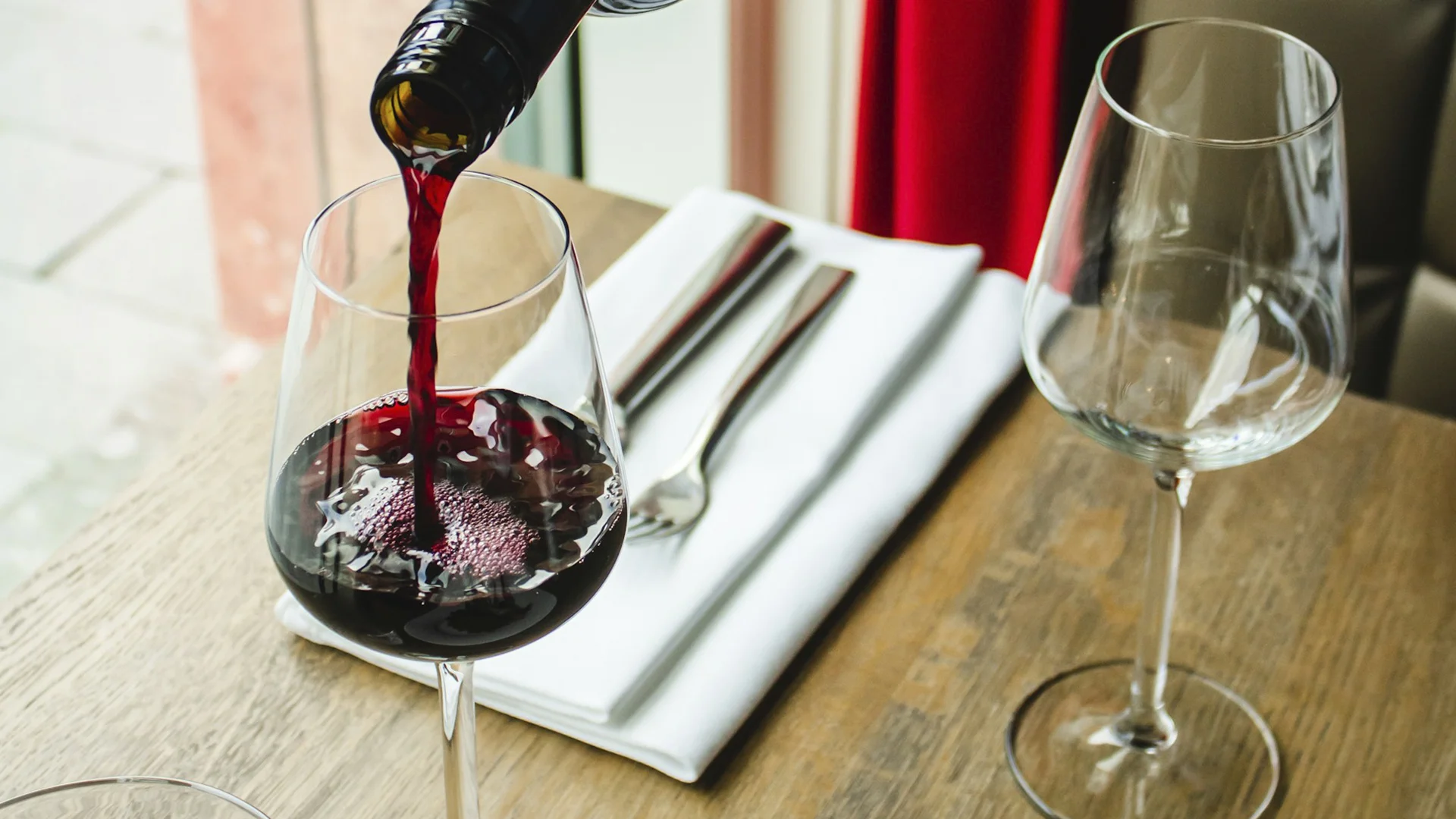












.webp)

.webp)
.webp)
.webp)



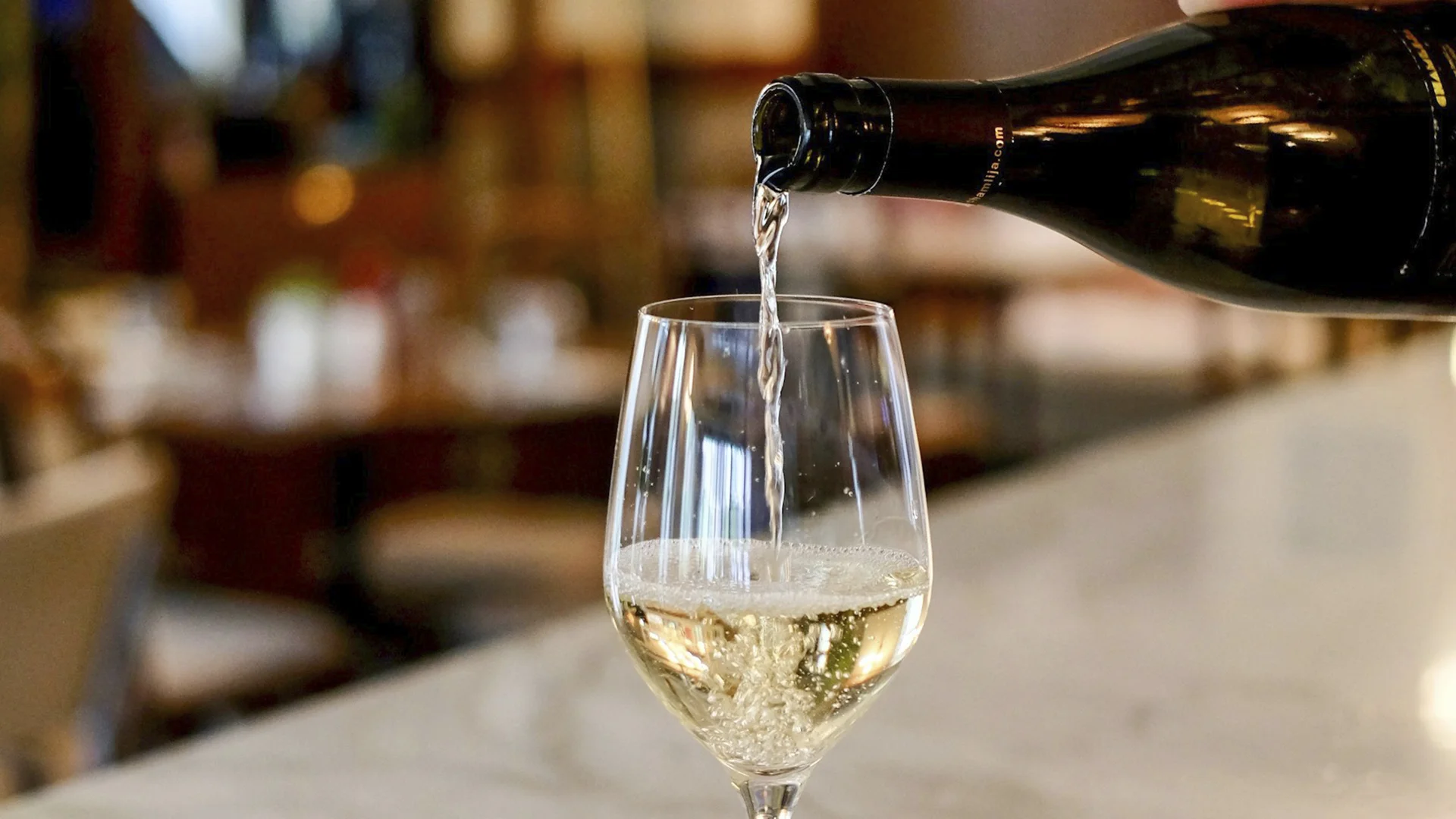


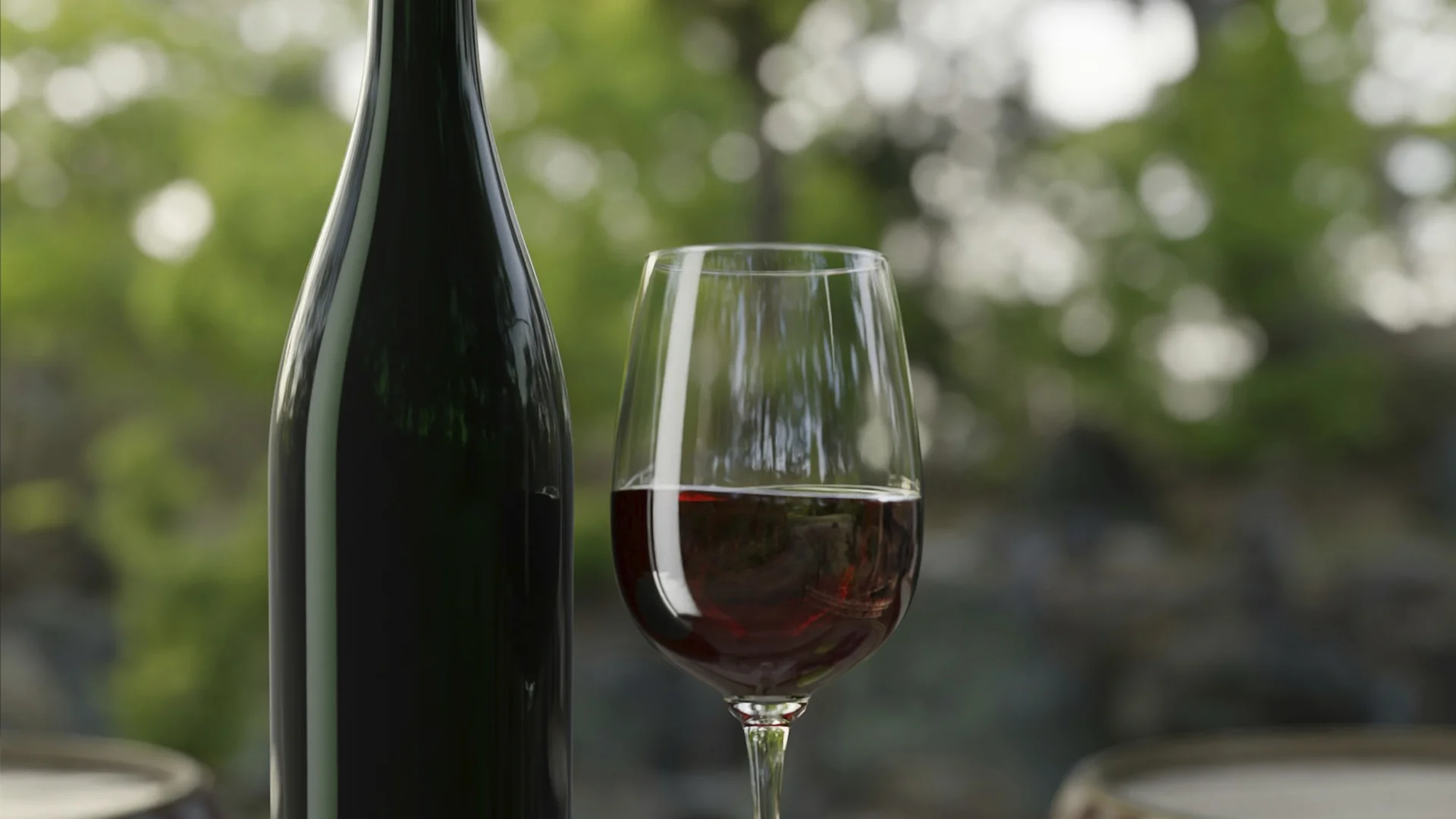



















.webp)













Are you interested in
collaborating with us?